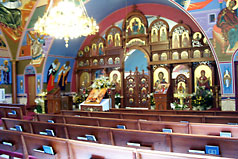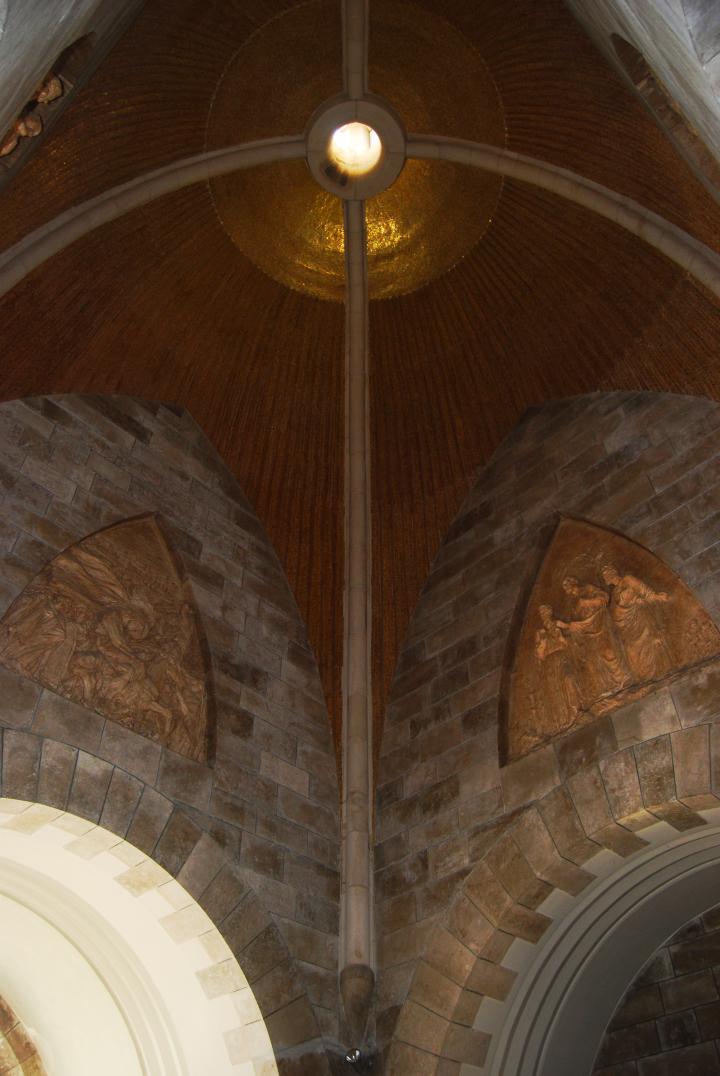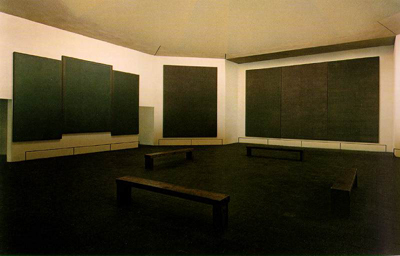
Byzantine And Interior Design
Byzantine art is the term commonly used to describe the artistic products of the Byzantine Empire from about the 4th century until the Fall of Constantinople in 1453.

The term can also be used for the art of Eastern Orthodox states which were contemporary with the Byzantine Empire and were culturally influenced by it, without actually being part of it (the "Byzantine commonwealth"), such as Bulgaria, Serbia, or Rus and also for the art of the Republic of Venice and Kingdom of Sicily, which had close ties to the Byzantine Empire despite being in other respects part of western European culture. Art produced by Eastern Orthodox Christians living in the Ottoman Empire is often called "post-Byzantine." Certain artistic traditions that originated in the Byzantine Empire, particularly in regard to icon painting and church architecture, are maintained in Greece, Bulgaria, Russia and other Eastern Orthodox countries to the present day.

The Byzantine Empire or Eastern Roman Empire was the Roman Empire during the Middle Ages, centered on the capital of Constantinople, and ruled by emperors in direct succession to the ancient Roman emperors. It was called the Roman Empire, and also Romania (Greek: Ῥωμανία, Rhōmanía), by its inhabitants and its neighbours. As the distinction between "Roman Empire" and "Byzantine Empire" is purely a modern convention, it is not possible to assign a date of separation, but an important point is the Emperor Constantine I's transfer in 324 of the capital from Nicomedia (in Anatolia) to Byzantium on the Bosphorus, which became Constantinople (alternatively "New Rome").

During its existence of over a thousand years the Empire remained one of the most powerful economic, cultural, and military forces in Europe, despite setbacks and territorial losses, especially during the Roman–Persian and Byzantine–Arab Wars. The Empire recovered during the Macedonian dynasty, rising again to become a pre-eminent power in the Eastern Mediterranean by the late tenth century, rivalling the Fatimid Caliphate. After 1071, however, much of Asia Minor, the Empire's heartland, was lost to the Seljuk Turks. The Komnenian restoration regained some ground and briefly re-established dominance in the twelfth century, but following the death of Andronikos I Komnenos and the end of the Komnenos dynasty in the late twelfth century the Empire declined again. The Empire received a mortal blow in 1204 by the Fourth Crusade, when it was dissolved and divided into competing Byzantine Greek and Latin realms. Despite the eventual recovery of Constantinople and re-establishment of the Empire in 1261, under the Palaiologan emperors, successive civil wars in the fourteenth century further sapped the Empire's strength. Most of its remaining territory was lost in the Byzantine–Ottoman Wars, culminating in the Fall of Constantinople and its remaining territories to the Muslim Ottoman Turks in the fifteenth century.






Byzantine And Interior Design
Tidak ada komentar:
Posting Komentar